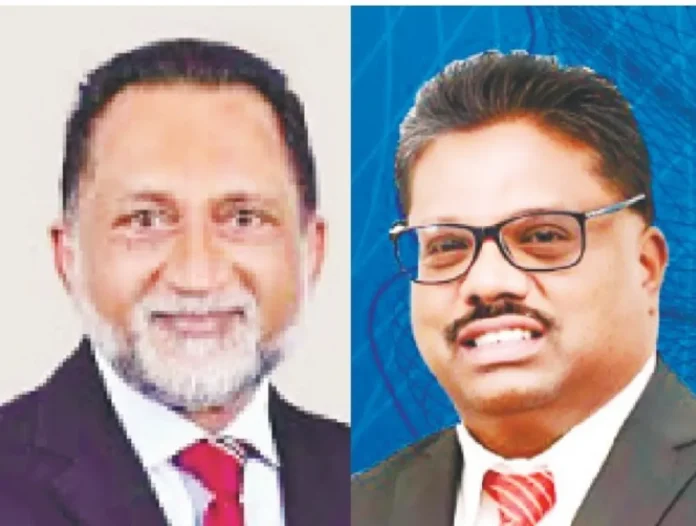PETALING JAYA: As Malaysia’s workforce continues to evolve in the post-Covid pandemic era, hybrid and remote working arrangements are increasingly being recognised not just as employee perks but as strategic tools for cost optimisation and long-term business sustainability.
Experts say the shift towards flexible work models is reshaping corporate cost structures by reducing overheads, improving employee retention and enhancing productivity, if implemented with proper frameworks and leadership commitment.
According to Prof Dr Balakrishnan Parasuraman from Universiti Malaysia Kelantan, hybrid or remote work “substantially reshapes a company’s cost structure by reducing expenses in several core areas while creating savings and efficiencies in others”.
He explained that the most immediate impact is on real estate and operational costs, as companies that adopt hybrid setups are able to downsize office spaces, cut back on rental, utilities and maintenance expenses.
Citing JobStreet Malaysia and Randstad’s 2024 report, Balakrishnan said over 70% of Malaysian employees prefer hybrid or flexible work setups, primarily due to improved work-life balance and shorter commuting times.
“Absenteeism also tends to decline under hybrid arrangements, as employees experience greater flexibility in managing personal responsibilities and work schedules,” he said. “In turn, job satisfaction and retention improve, leading to lower recruitment and training costs.”
However, both academics and employers agree that hybrid models require upfront investments in digital infrastructure, cybersecurity and employee engagement initiatives to sustain performance.
Balakrishnan said that to ensure hybrid work remains productive and sustainable,human resource (HR) departments should develop clear frameworks outlining eligibility, communication protocols and performance standards.
“Transparency in policies helps maintain fairness and accountability,” he said, adding that HR should prioritise results-based performance management instead of measuring success by physical presence.
“Upholding a strong work culture in remote settings requires deliberate effort,” said Balakrishnan. “Frequent check-ins, virtual town halls, and recognition programmes help maintain trust, transparency and inclusivity.”
From a cost perspective, Balakrishnan said, organisations can measure hybrid work success through key HR metrics, such as real estate savings, lower absenteeism and improved retention.
“HR analytics that link productivity, engagement, and cost outcomes are essential to ensure hybrid models remain effective and sustainable,” he said, adding that hybrid models offer measurable long-term advantages in efficiency, cost, and employee well-being.
“But to fully realise these benefits, employers must address risks through clear policies, robust leadership and inclusive communication practices.”
From the employers’ standpoint, Malaysian Employers Federation president Datuk Dr Syed Hussain Syed Husman believes that while flexible work arrangements benefit productivity and cost efficiency, they must remain a management prerogative guided by operational realities.
“Flexibility cannot be viewed as a one-size-fits-all solution. Certain sectors like manufacturing, logistics, and retail depend on physical presence, while knowledge-based industries may find hybrid work more compatible,” he said.
Syed Hussain emphasised that hybrid work must be business-driven and evidence-based, noting that the private sector operates under stronger productivity and competitiveness pressures compared to the public sector.
He added that implementing hybrid arrangements requires significant adjustments in performance management, cybersecurity, communication structures and workplace culture, and without measurable outcomes, productivity could suffer.
For this reason, MEF encourages employers to adopt differentiated flexibility, such as staggered hours or compressed workweeks, rather than uniform policies that could disrupt service continuity.
Syed Hussain noted that larger corporations in sectors such as finance, ICT and professional services are already equipped with digital tools and systems to manage hybrid setups.
However, micro, small, and medium enterprises, which make up over 97% of Malaysian businesses, still face challenges due to limited resources and uneven digital readiness.
“Many SMEs have yet to invest in the necessary tools and secure systems for hybrid work,” Syed Hussain said. “Government incentives for digitalisation, broadband access and tax support would greatly assist employers in bridging this gap.”







